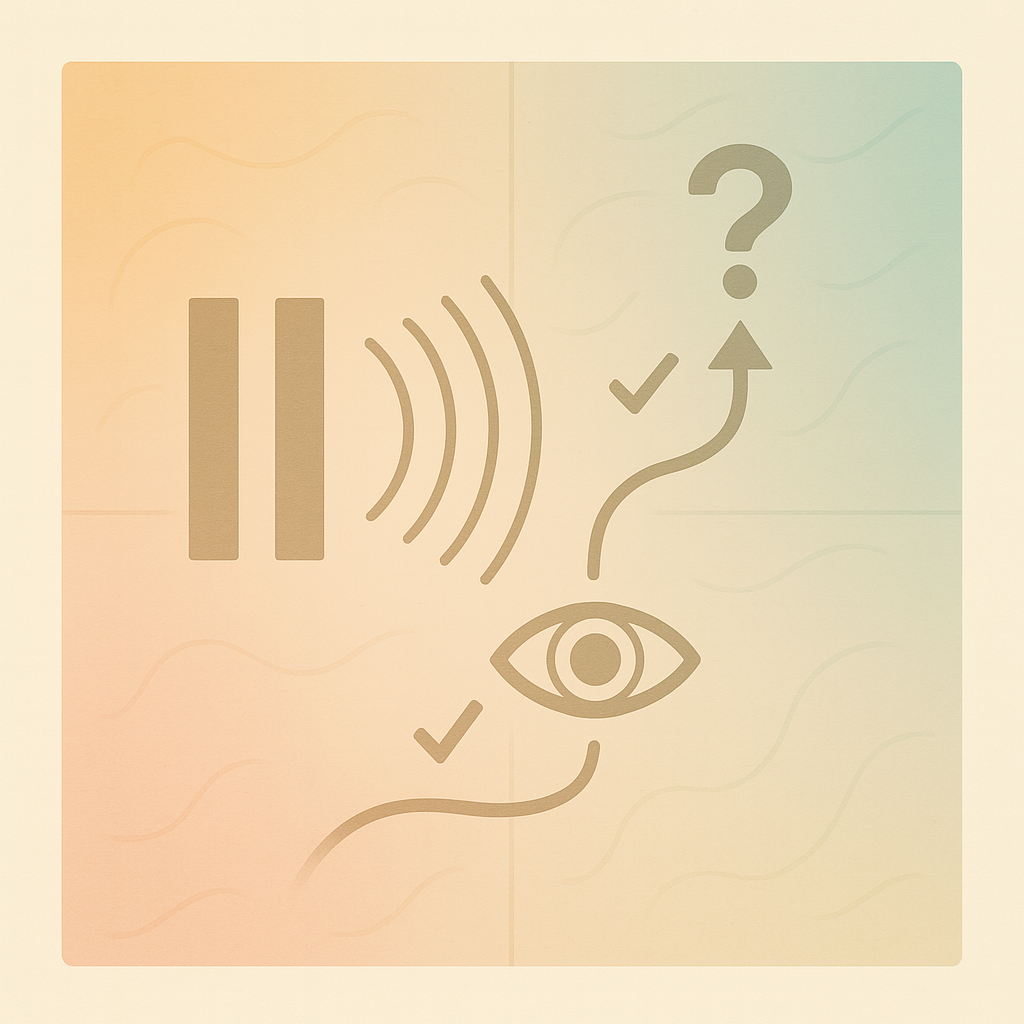
Physics and world perception
Quirky fascinations
From childhood I disliked formal study—textbooks were mind-numbingly dull. Yet I was always tinkering, forever poking at odd little discoveries. In eighth grade, for instance, we were meant to learn about the Calvin cycle in our science text, a topic that held no appeal. Apart from our "political" differences, the class monitor and I shared the same mischievous taste. That year my birthday gift was a Parker fountain pen—supposedly a calligraphy tool. Its nib wore a small silver cap that caught the lamplight. One evening I inched my eye toward the reflected beam; the tiny spot expanded into a honeycomb of neatly arranged cells. I guessed it was an image of my own retina. The next day I told the monitor and together we went to the science teacher. Naturally, nothing came of it; the Calvin cycle's mysteries seemed far weightier than a pen cap. Back then I could not yet read the casual perfunctoriness of the adult world.
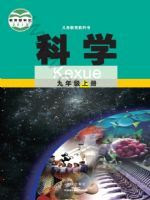
Today the class monitor is a film director—a model of lifelong consistency. I too still enjoy poking at strange ideas, so perhaps I am consistent as well. Our science teacher is probably still lecturing at Hangzhou Foreign Languages School. In a sense, all of us have remained who we were.
Particles
When you eat your fill, the very feeling of satiety reminds you that matter exists. Any substance seems to unfold from Newton's three laws of motion: mass and shape become the intuitive hallmarks of a thing. Later, chemistry introduced molecules. Multicolored plastic balls linked by black sticks stood in for atoms and bonds; molecules, it seemed, had mass and shape too. I imagined that with a strong enough magnifying glass I would see the molecules swirling in water. Still later, the books said every substance could be viewed as molecular, and that molecules themselves were made of even smaller particles in ceaseless agitation. In my naïveté I wondered: "If everything is bouncing around, why can't I feel the particles of the desk colliding with the particles in my hand?"
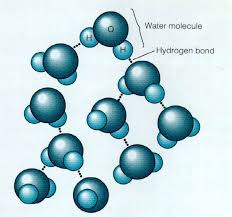
Eventually I realized that a "particle" is merely a placeholder for a pattern we observe. Take the electron: we neither place it on a microscopic balance nor photograph its exterior. We infer its mass from the trajectory it carves in a cloud chamber when it collides with a known particle. Formulae and constants accumulate, and "electron" becomes an abstract concept—convenient, consistent with current hypotheses, and, crucially, a rung on the ladder to the next idea. In principle there could be infinitely many kinds of particles, just as any abstraction can be subdivided. Patch a hole in one rule and you invent another particle to explain it.
From the macro down to the micro, matter is nothing but the observer's abstraction of regularities—endlessly revised, stage by stage.
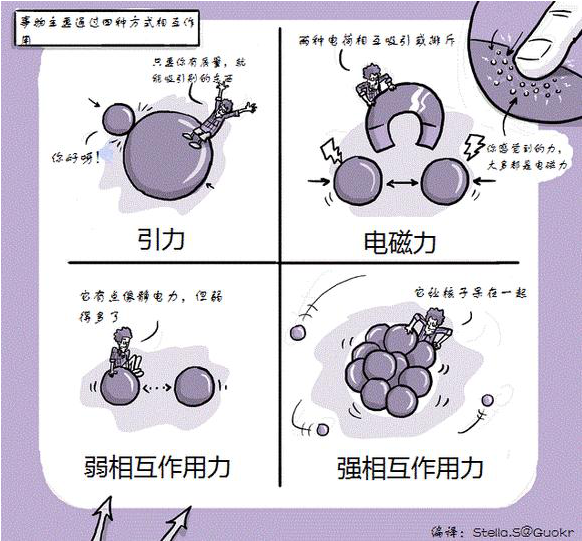
Individuals
The same holds true for objects and beings in the macroscopic world. A stone and a steamed bun differ so starkly that we hardly need laws to tell them apart; it is "one-hot encoding." Every encoded object carries traits, and those traits spawn rules about how objects interact. A living organism is just another encoded thing. Conversely, any matter matching those traits is deemed alive.
The cup, desk, and keyboard you touch are merely clusters whose traits your senses have already summarized. After processing they also acquire meaning—semantics. The names of our tools hinge on that meaning rather than on the underlying physics.
In the macroscopic realm, observers likewise distill interactions into physical laws—perpetually revised, step by step. Objects accrue semantic labels, and out of those labels we build cognition and society.
Duality
Throw a stone into water and ripples emerge; waves interfere and create ever-shifting rings. Wave-particle duality says that particles behave similarly, producing interference. A particle can thus be observed as something with particle-like rules or as something with wave-like rules—and perhaps in ways we have yet to imagine.
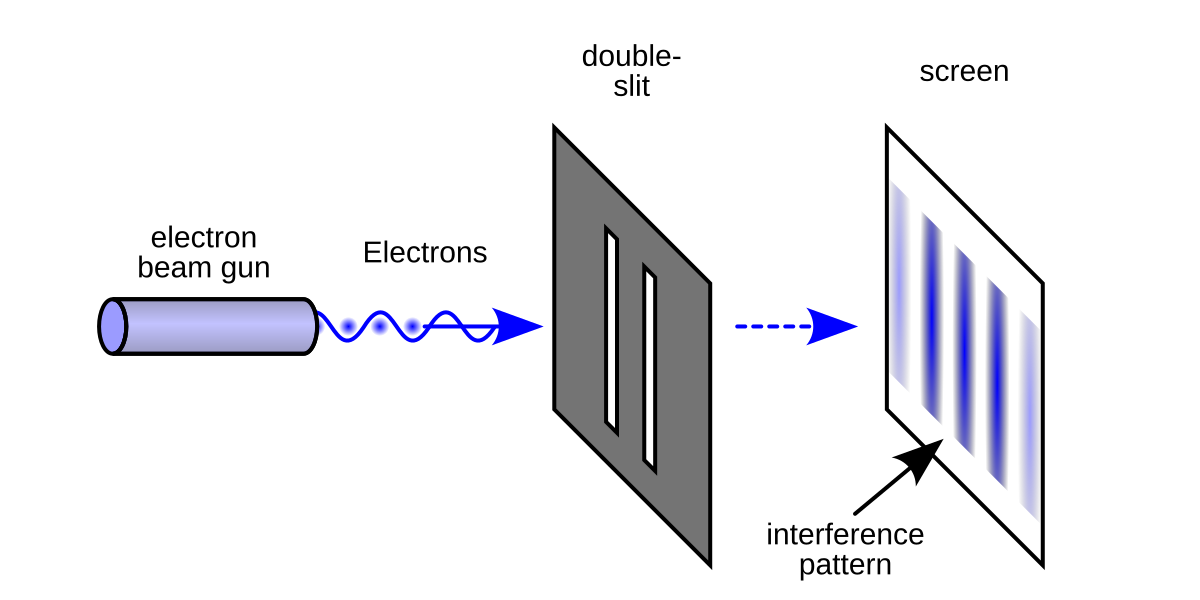
Double-slit experiment
The classic setup fires a beam of light—or electrons, atoms, any particle beam—at an opaque screen with two narrow, parallel slits. Each slit acts as a new wave source. On the screen behind, the two waves meet and interfere, forming bands of light and dark whose positions depend on slit spacing, screen distance, and wavelength. The pattern confirms the wave-like nature of light (or particles) in this context.
Wave properties
What happens if we let one particle pass at a time? Intuitively, a solitary particle should not create interference. At first only isolated dots appear on the screen. Yet as time goes on, those dots accumulate into the same interference pattern. Language can capture this neatly: each particle carries an intrinsic wave, so even in isolation its ripple persists through space. Subsequent particles interfere with the lingering pattern. If you like, you can say the particle is described by a wave function whose randomness only resolves statistically over many trials.
Schrödinger's cat
Now place detectors at each slit to record which path each particle takes. The interference fringes vanish. Strangely, whether we see interference depends not on the particle itself but on the presence of an observer. Observation collapses the wave-ness into definiteness.
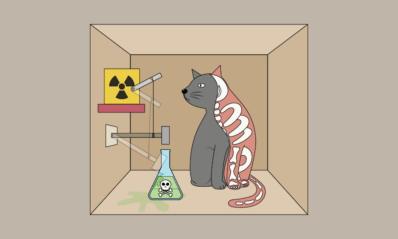
Without an observer, particles float as waves in spacetime, un-picturable. Once observed, the wave collapses and yields the quantities we can measure. Anything beyond our reach stays in wave form.
Causal "inversion"
The delayed-choice experiment repeats this idea with a twist: you can record the pattern first, then decide whether to read which-path information, and your later choice still dictates whether interference appears. Store the data on the Moon and read it on Earth—the logic remains. Your act of observation seems to reach back through time.
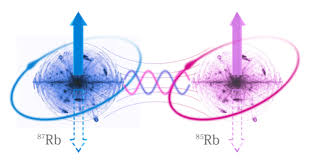
Of course, the stored record is itself in a wave-like superposition until someone looks. Your observation collapses it—but intriguingly, that collapse appears to entangle events across spacetime.
Determinism and modes of collapse
Physics should, in theory, concretize abstractions; yet the double-slit results verge on metaphysics. If particles—and thus we—are waves of probability, then life resembles a finite ensemble of predetermined distributions. Each decision is simply another collapse. Determinism of that sort feels too narrow, dismissing free will.

Suppose the "interference" pattern of our lives is already laid down—hence we can observe ourselves at all. The future, unobserved, is a shifting but finite distribution. Each observation (each choice) collapses it and moves us to a new distribution, itself long in place.
If observation engenders causality, then every present observation warrants rational analysis. Guided by our preferences, we should delay collapse until the outcome suits us.
Acceptance
Whenever boredom strikes, I let my amateur's mind wander through these quirky puzzles. Perhaps it is pointless self-torment, yet who can decree the optimal use of time? Every time the question resurfaces, I indulge it, hoping for a fresh answer. If the unseen future is already a fixed distribution—say, a neat Gaussian—why take it so seriously? What must happen will happen.